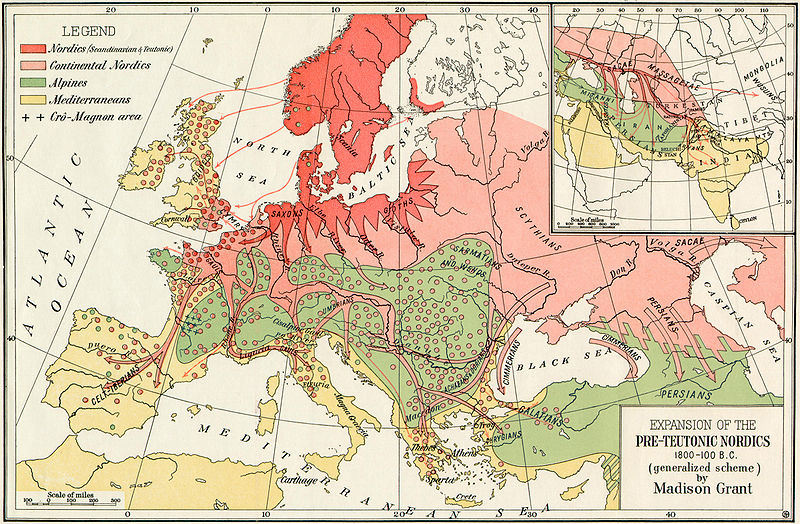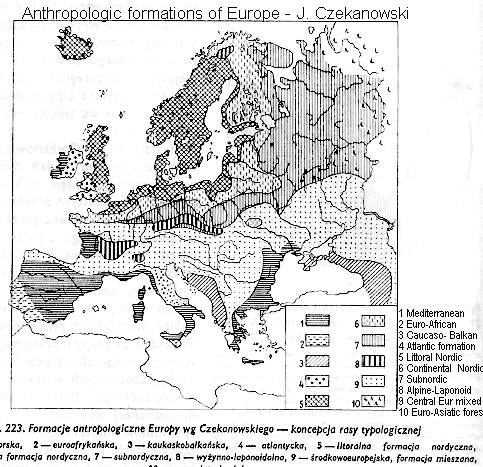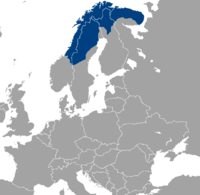Dorianfinder
Regular Member
- Messages
- 472
- Reaction score
- 49
- Points
- 28
- Location
- Western Cape
- Ethnic group
- European
- Y-DNA haplogroup
- R-FGC13617
- mtDNA haplogroup
- T2b1
European Racial Types according to Ripley
Alpine (Celtic): Round Head - Broad Face - Light Chestnut Hair - Hazel or Gray Medium Eyes - Stocky Variable Stature
Mediterranean: Long Head - Long Face - Dark Brown or Black Hair - Dark Medium Eyes - Slender Stature
Nordic/Scandinavian/Teutonic: Long Head - Long Face - Very Light Hair - Blue Eyes - Tall Narrow Stature

Alpine (Celtic): Round Head - Broad Face - Light Chestnut Hair - Hazel or Gray Medium Eyes - Stocky Variable Stature
Mediterranean: Long Head - Long Face - Dark Brown or Black Hair - Dark Medium Eyes - Slender Stature
Nordic/Scandinavian/Teutonic: Long Head - Long Face - Very Light Hair - Blue Eyes - Tall Narrow Stature

Last edited:






